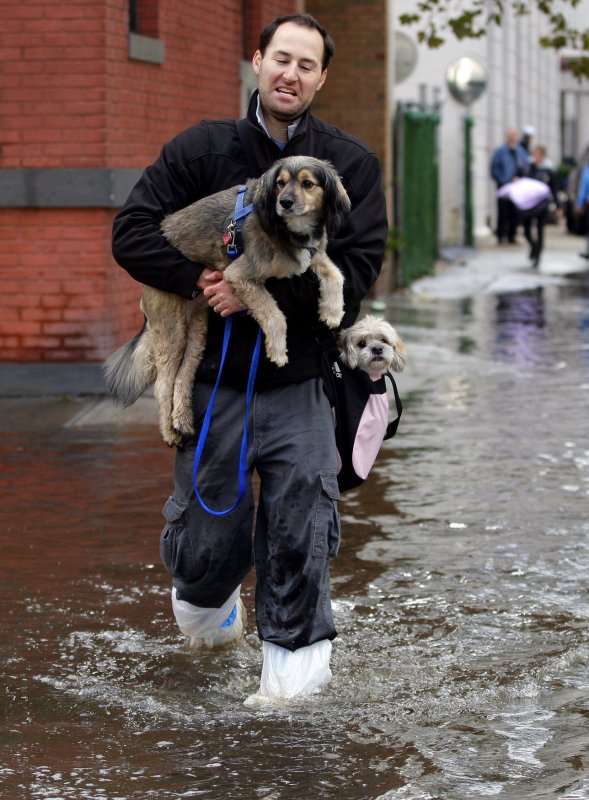WASHINGTON, Nov. 2 (UPI) -- The U.S. Geological Survey said it was checking water quality along the U.S. East Coast for possible health issues in the wake of Hurricane Sandy.
Storm surge from Sandy, once a Category 1 hurricane, flooded subway stations in New York. The storm left millions of consumers without power for days. The 88 U.S. deaths attributed to Sandy brought the storm's overall death toll to 157, with 67 dead in the Caribbean and two in Canada, CNN reported.















